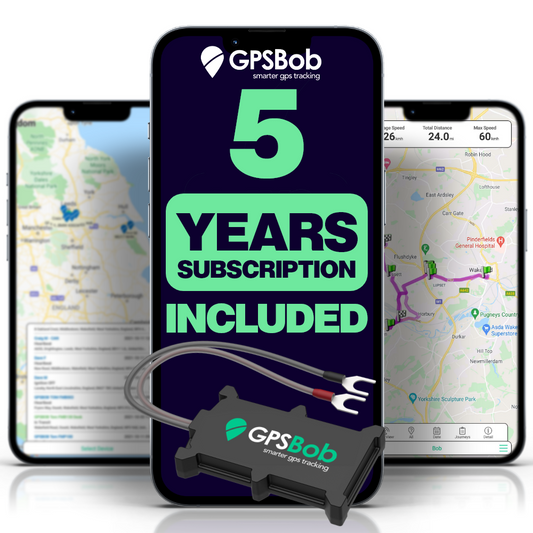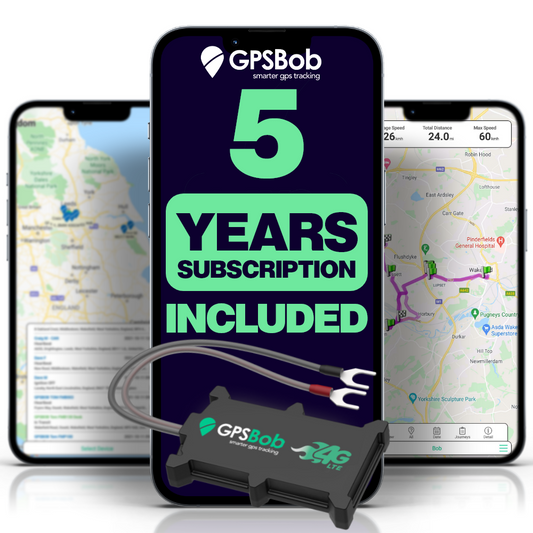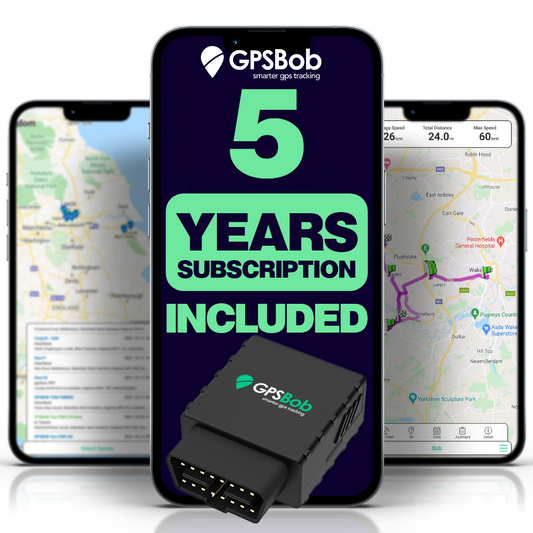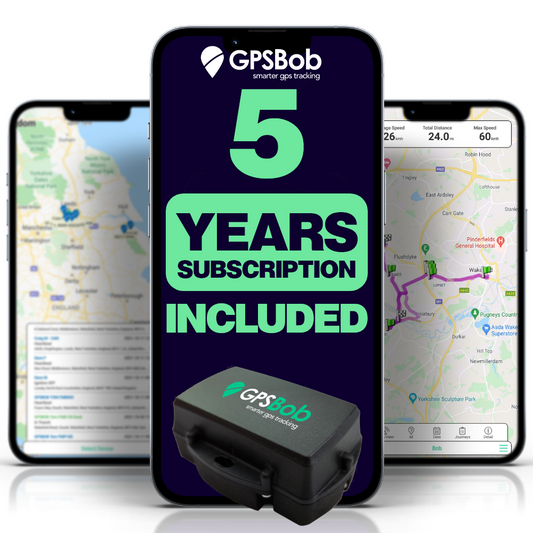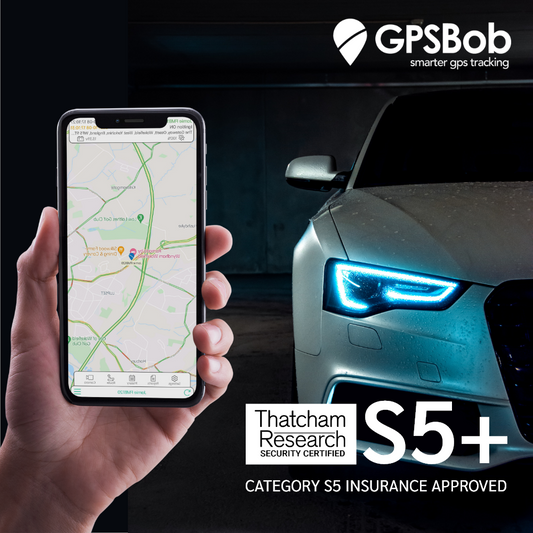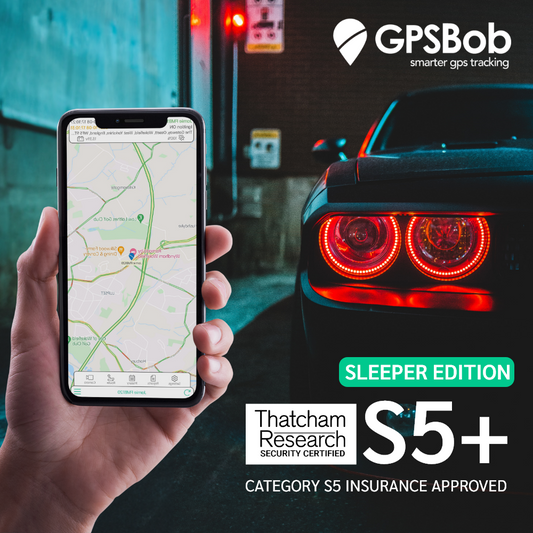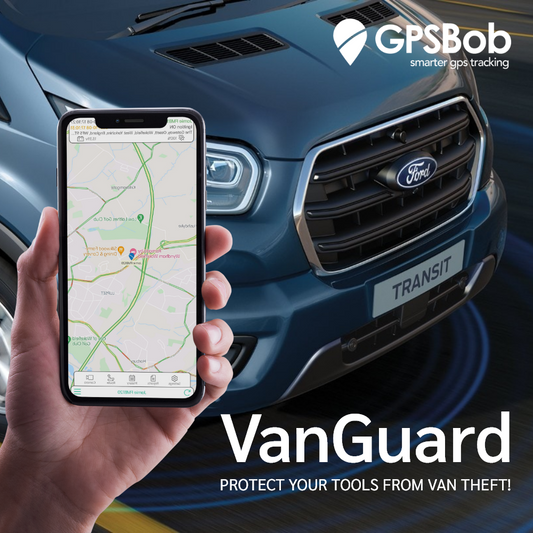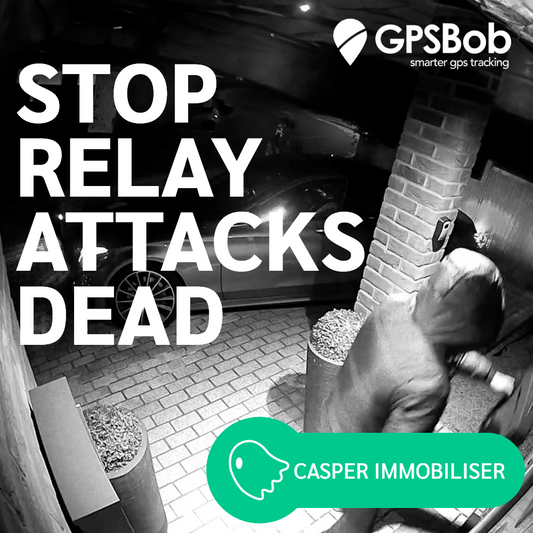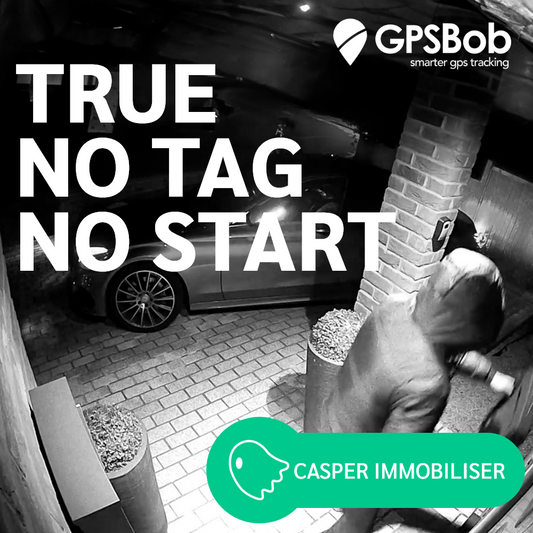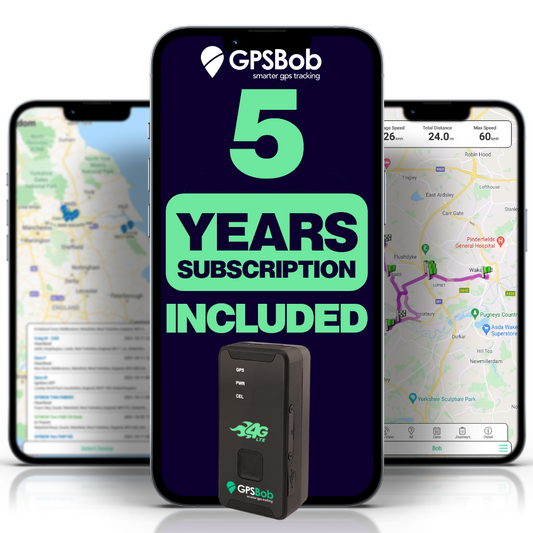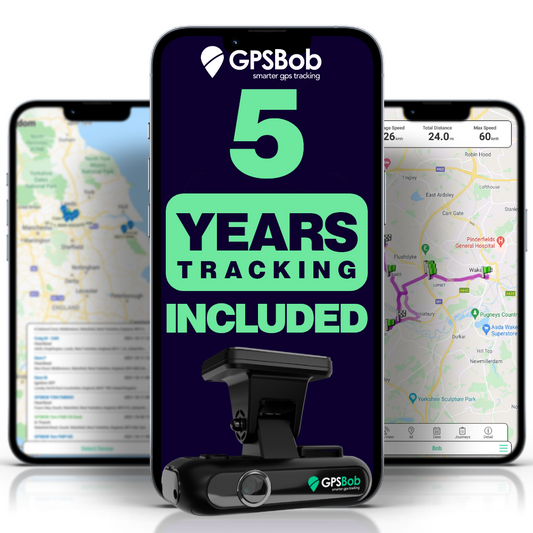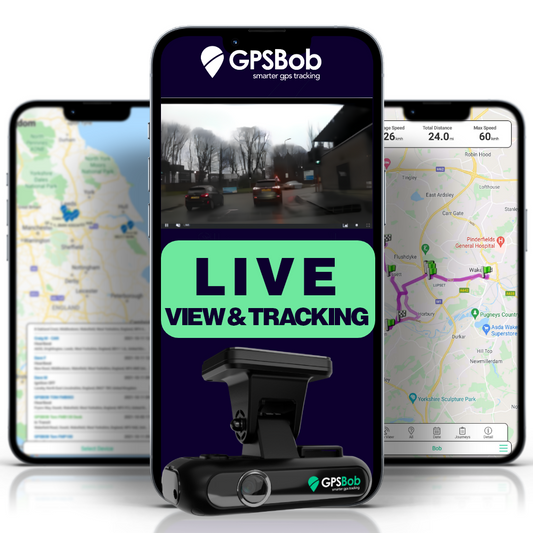Why You Need a GPSBob Tracker
In today's world, keeping track of your valuable assets and loved ones is more important than ever. A GPSBob tracker gives you peace of mind with accurate, real-time location tracking.
Peace of Mind
Know exactly where your valuables are at all times with real-time GPS tracking and instant alerts.
Precise Location
Advanced GPS technology provides accurate location data down to the metre, anywhere in the world.
24/7 Monitoring
Round-the-clock tracking means you're always connected, with instant notifications for any movement.
Cost-Effective
Affordable protection for your assets with no hidden fees and flexible subscription plans.
Car GPS Trackers
-
5 Year Two Wire Tracker
Regular price From £174.99 GBPRegular priceUnit price / per -
5 Year Two-wire 4G GPS Vehicle Tracker
Regular price From £149.99 GBPRegular priceUnit price / per£219.99 GBPSale price From £149.99 GBPSale -
5 Year 4G OBD GPS Vehicle Tracker for Ultimate Vehicle Security
Regular price From £219.99 GBPRegular priceUnit price / per -
5 Year Yabby 4G GPS Battery Tracker
Regular price From £249.99 GBPRegular priceUnit price / per -
 Sale
SaleGPSBob Thatcham S7
Regular price £169.00 GBPRegular priceUnit price / per£189.00 GBPSale price £169.00 GBPSale -
 Sale
SaleGPSBob Thatcham S5
Regular price £349.00 GBPRegular priceUnit price / per£369.00 GBPSale price £349.00 GBPSale -
GPSBob Thatcham S5 Plus
Regular price £449.00 GBPRegular priceUnit price / per£469.00 GBPSale price £449.00 GBPSale -
GPSBob Thatcham S5 Plus Sleeper Edition
Regular price £449.00 GBPRegular priceUnit price / per£469.00 GBPSale price £449.00 GBPSale -
GPSBob Thatcham S5 Plus (EV's and Hybrid)
Regular price £599.00 GBPRegular priceUnit price / per -
VanGuard Series – Ultimate Van Security & Tracking
Regular price From £399.00 GBPRegular priceUnit price / per£449.00 GBPSale price From £399.00 GBPSale -
Casper Ghost-Like Immobiliser for Unseen Vehicle Protection
Regular price £399.00 GBPRegular priceUnit price / per -
Casper Pro: No Tag, No Start The Ghost-Like Immobiliser for Invisible Protection
Regular price £499.00 GBPRegular priceUnit price / per -
5 Year Portable Personal GPS Tracker for Reliable Tracking
Regular price From £219.99 GBPRegular priceUnit price / per -
4G Dashcam with 5 Years Tracking
Regular price From £349.99 GBPRegular priceUnit price / per -
4G Dashcam including Remote Live View and Tracking
Regular price From £203.98 GBPRegular priceUnit price / per
See what our Trustpilot reviews say

Why Choose the GPSBob 5-Year 4G GPS Tracker?
The GPSBob 5-Year Two-Wire 4G GPS Vehicle Tracker provides robust tracking features without any hidden fees or subscriptions. Unlike other GPS trackers on the market that lock you into long-term contracts and monthly fees, GPSBob offers one simple upfront payment, ensuring five years of uninterrupted service. Here’s why this tracker stands out:
- No Monthly Fees: Once you buy the GPSBob tracker, you’re covered for five years of service, saving you from costly monthly fees.
- No Subscription Required: There’s no need to worry about recurring payments or subscription renewals; GPSBob includes the service within the purchase price.
- No Contracts or Commitments: GPSBob is truly commitment-free, making it a perfect choice for those who want complete flexibility.

Key Features of GPSBob’s Two-Wire 4G GPS Vehicle Tracker
5 Years of Prepaid GPS Service
With five years of 4G GPS tracking service included, GPSBob is designed to give you worry-free tracking for half a decade. This tracker is ideal for anyone who values straightforward, long-term solutions without additional fees.
Easy Two-Wire Installation
The GPSBob tracker’s two-wire setup makes installation a breeze. It’s compatible with most vehicles, from cars and trucks to motorcycles, and allows you to start tracking in minutes.
Real-Time 4G GPS Tracking
Experience the power of real-time GPS tracking with 4G coverage. Whether you’re tracking a personal vehicle or fleet, GPSBob delivers fast and accurate location updates.
Compact and Discreet Design
The GPSBob tracker is compact and easy to conceal in any vehicle. Despite its small size, it packs impressive technology, making it a discreet yet powerful solution for vehicle security and monitoring.
Mobile App and Web Access
Track your vehicle from anywhere using GPSBob’s intuitive mobile app and web platform. You’ll have 24/7 access to your vehicle’s location and movement history, ensuring peace of mind at your fingertips.
Car Trackers: Protect Your Vehicle with GPSBob’s Advanced Tracking Solutions
Looking for the ultimate protection for your car? GPSBob offers a wide range of cutting-edge car trackers designed to keep your vehicle safe from theft while providing additional benefits such as real-time location monitoring. Whether for personal use or fleet management, our GPS car trackers offer unmatched security and peace of mind.
Why Install a Car Tracker?
In today’s world, car theft is a growing concern. By installing one of our car GPS trackers, you not only enhance your vehicle’s security but also increase the chances of recovery if it’s ever stolen. Our real-time GPS tracking systems let you monitor your car’s location 24/7, giving you full control from any mobile device or desktop.
- Real-Time Tracking: Our car trackers offer precise, live updates on your vehicle’s location, ensuring you always know where it is. Perfect for monitoring teen drivers, keeping an eye on your car in unfamiliar areas, or even helping you find your car in a crowded parking lot.
- Anti-Theft Protection: With features like geo-fence alerts and instant notifications, you can be alerted if your car moves from its designated location. Combined with our vehicle immobiliser options, you can remotely disable your car’s engine to prevent thieves from driving it away.


